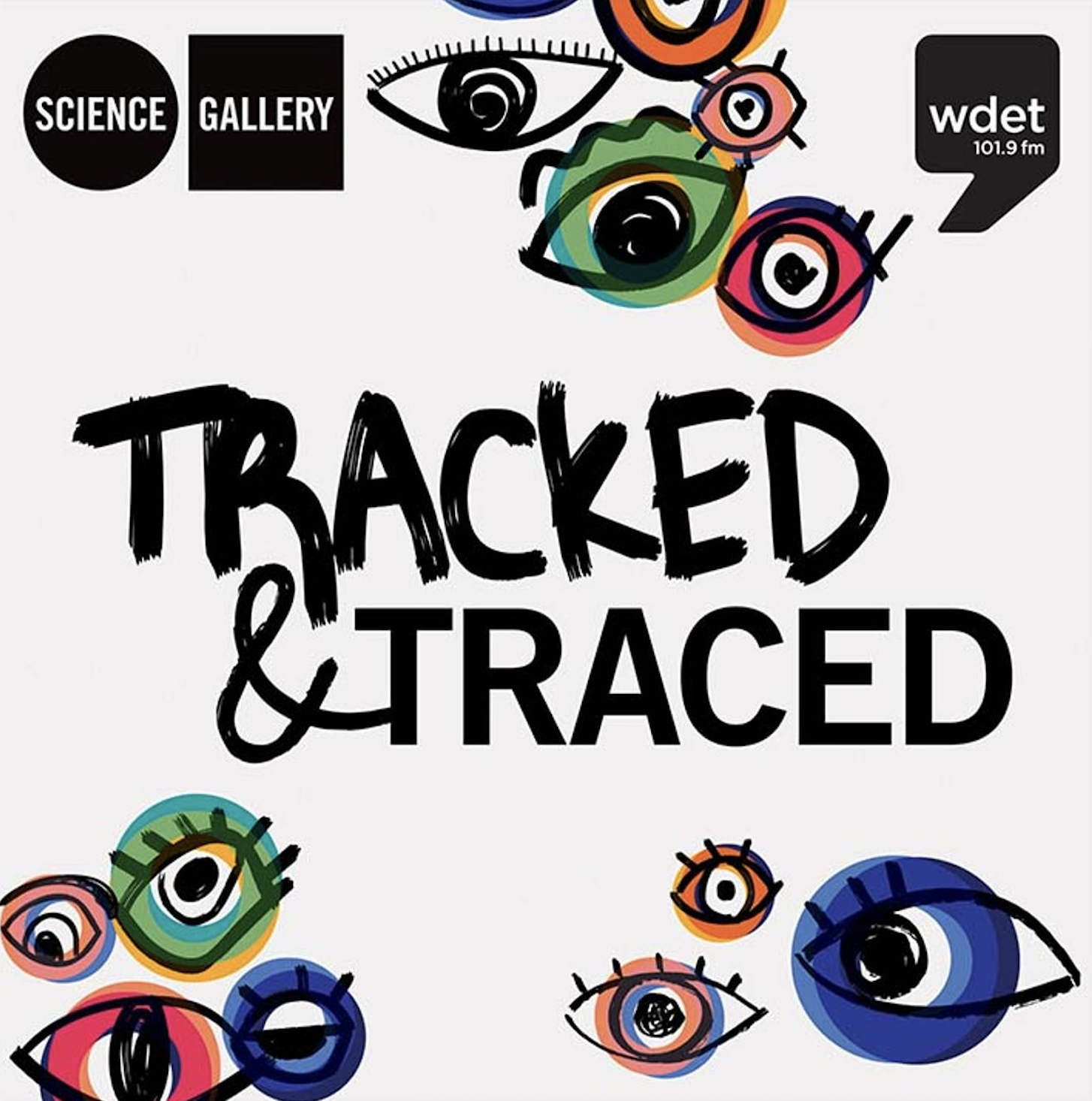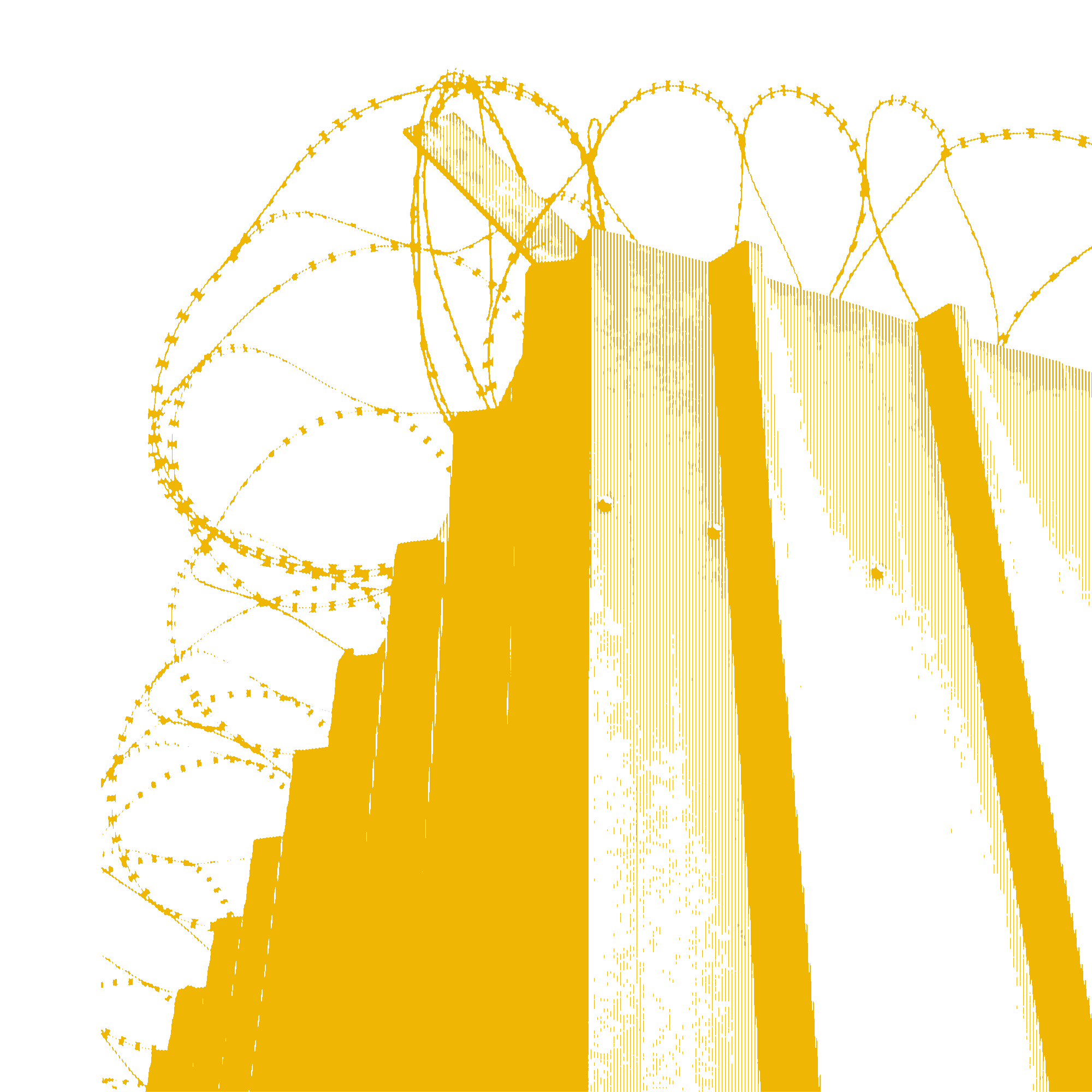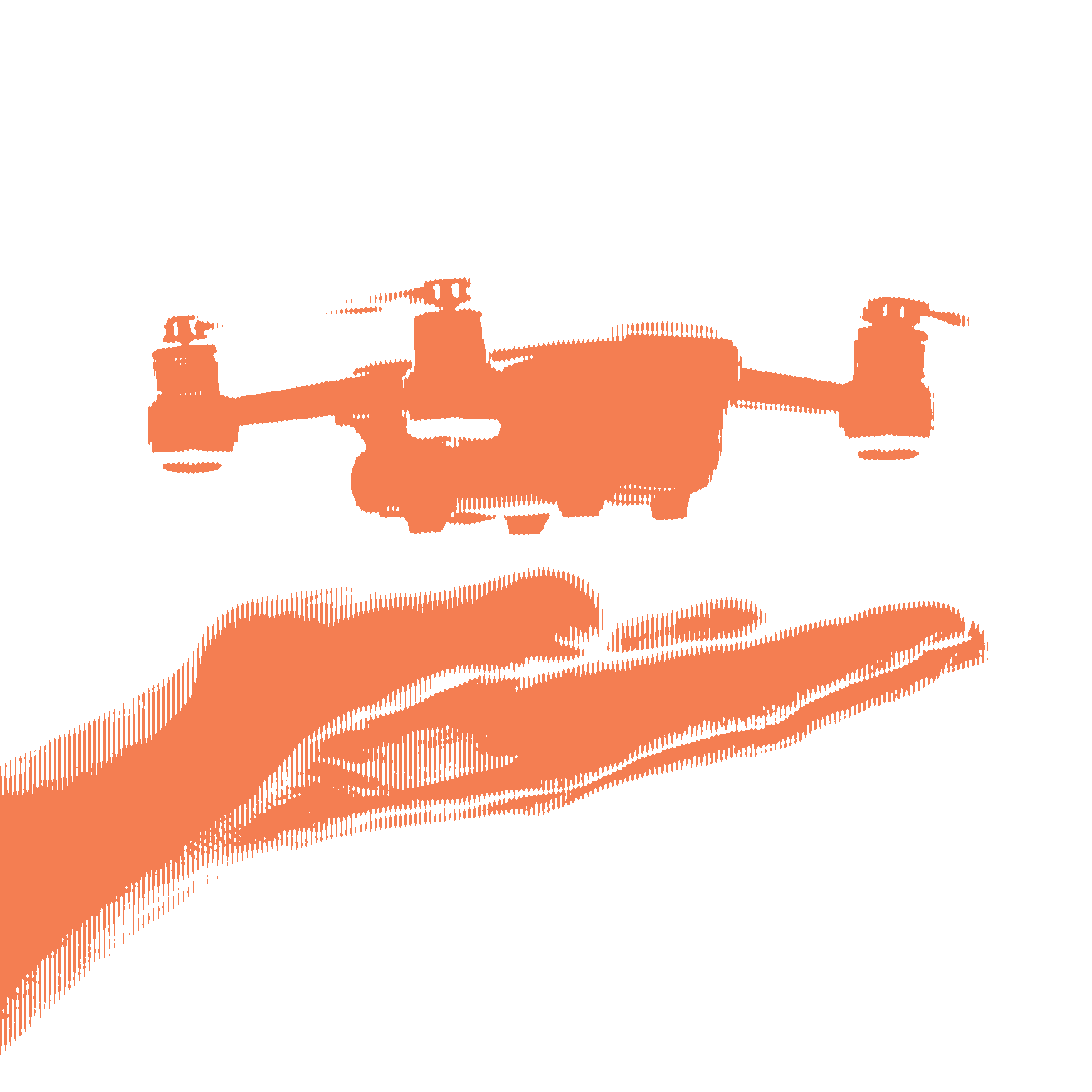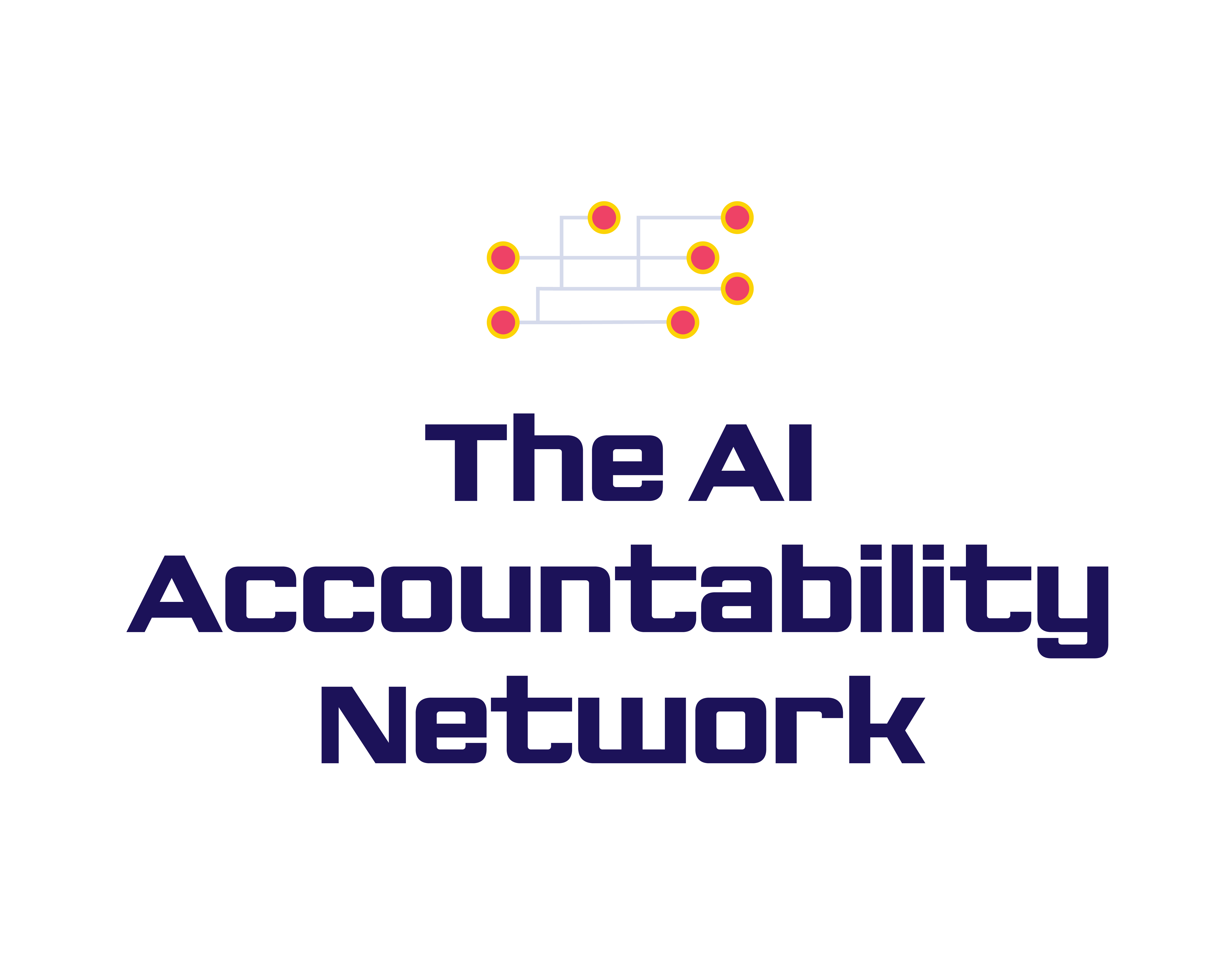
7 things we learned producing Tracked and Traced
How to make a limited-series, collaborative podcast
When Devon Akmon from the MSU Museum asked me if the Science Gallery’s new Tracked and Traced exhibit would make a good podcast, I didn’t hesitate.
“Yes,” I said.
A podcast about surveillance technology and how it affects our daily lives would be timely, interesting, and exciting. Then I asked myself a couple questions that did cause me to hesitate — “Can we do this?” and “How will it sound?”
After a lot of discussion, WDET and the MSU Museum had developed a shared vision for a limited-run podcast series inspired by their exhibit, Tracked and Traced.

As a nonprofit journalism organization, we depend on your support to fund more than 170 reporting projects every year on critical global and local issues. Donate any amount today to become a Pulitzer Center Champion and receive exclusive benefits!
Shortly thereafter, the Pulitzer Center found alignment in that shared vision and chose to support the production of our series.
So, we got to work. The podcast featured Science Gallery staff as hosts (Natasha T. Miller and Antajuan Scott), MSU student employees as assistant producers, and WDET reporters, editors, and producers. Together, we featured original reporting from 10 journalists. Some were radio reporters, others print reporters. Some were veterans in the field, others just getting their start.
We covered local and national stories, all of which provided a much-needed examination of the ever-changing and dynamic thing that is surveillance technology. We talked about parking meter cameras, terrorist watch lists, drones, police surveillance, gunshot detection technologies, spying on prisoners, the foster system, and surveillance of the self.
As the head producer and editor of the podcast, I learned a few important lessons that I would give to any collaborative podcast team who is entering into a project as important, arduous, and rewarding as Tracked and Traced.
Here are 7 things I learned in the making of Tracked and Traced.
1. Shared goals and vision are essential for success. WDET and Science Gallery agreed on the fundamental point of view the podcast took—that surveillance technology is embedded in our lives and widely misunderstood. Our goal from the beginning was to educate people on the power and pervasiveness of surveillance technology.
2. Assemble a team with different skill sets and points of view. A large team of hosts, reporters, editors, and producers requires more effort to get organized, but the benefit is a more holistic perspective. Everyone brought their own curiosity and expertise to the table, and the podcast episodes ended up significantly richer for it.
3. Be patient. Some stories take more time to report than others. In several cases, new developments on a topic or story provided key turns and updates that made the reporting better.
4. Small deadlines are your friend. Choosing a publish date for a given episode is one thing, but the smaller deadlines within that episode help to keep the whole team on track.
5. Don’t be shy. Pitch your podcast to different platforms for ‘features’ on their home screens. As a public radio station, we were fortunate enough to be featured on NPR’s new and noteworthy podcasts page in the NPR One app, which brought the podcast to thousands of listeners we would not have otherwise reached. When in doubt, send the pitch!
6. Prepare for pushback. The surveillance technology industry is filled with powerful companies and institutions who don’t appreciate it when the effects of their products are seen in a negative light. The finished pieces will be under a microscope, and maintaining journalistic practices and standards are crucial.
7. Listen. Listen. Listen. If you’re a print journalist who is reporting for a podcast, spend time immersing yourself in the medium. Listen to podcasts like the one you’re making. Listen to your favorite podcasts and find new ones.












